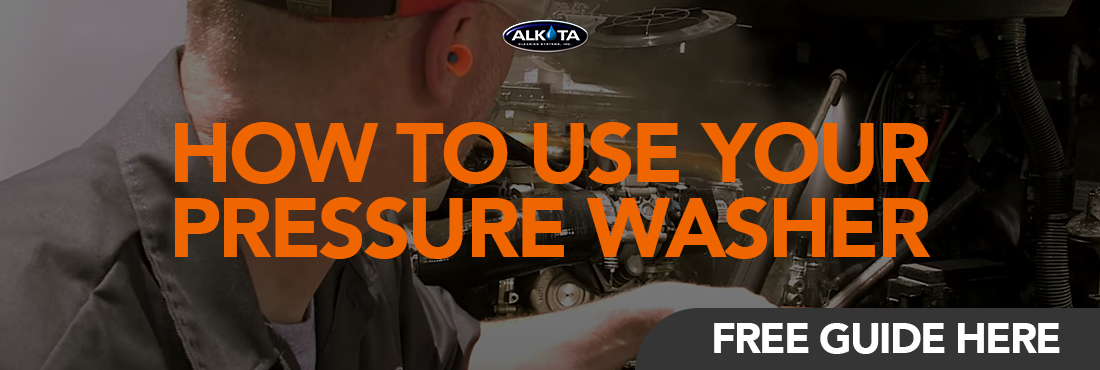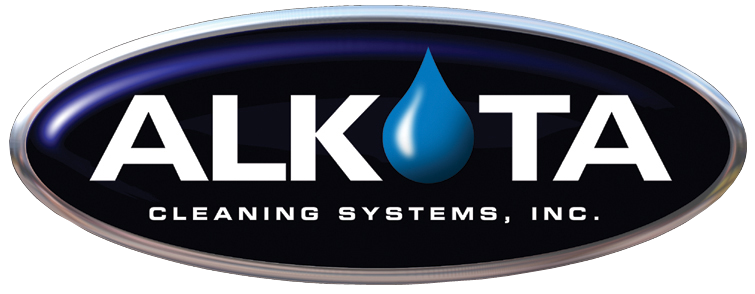
A common question that comes up often is, when is it time to repair your high-pressure pump vs. replacing what you have. We have ten good reasons or signs that can help to point you in the right direction. Pumps are a high-maintenance part. If not correctly cared for, repairs can become expensive. Please review the following questions and points when considering repair vs. replacement.
1. Is your pump leaking water?
A pressure washer pump leaking water indicates that there is something wrong such as bad water seals/packings or a broken ceramic plunger, or something minor like a leak o-ring. Any of these problems can be minor at first, but prolonged neglect can lead to bigger problems. Immediately repair or replace the packings, check valves and broken plungers. Service of the pump is key to making it last.
2. Is your pump oil a white, gray, or milky color?
The pump typically has an oil body that contains an oil that keeps the pump’s body lubricated. If the oil in this pump is any color other than a standard oil color, it’s an indication that you have water in the oil end of the pump. The oil must be drained and replaced with any oil seals or broken parts that have allowed water into the oil end of the pump/crankcase.
3. Is there slop or play in the connecting rods or can you easily wiggle the plungers & notice there’s play?
When you remove the head of the pump, there are typically three plungers behind the pump’s head and in the body of the pump itself. They are attached to a connecting rod and crankshaft. If you wiggle the plungers and they seem to be sloppy, it’s time to replace your pump. You will typically first notice a pressure drop and can, in some cases, have no pressure or a pulsation effect. A broken or loose piston guide will mean complete pump replacement. You can bring it to a service center and have them advise or replace the pump.
4. Is the internal pump head scored or is the head itself washed out?
A pump head needs smooth internal surfaces to seal properly. If you have head wash out or metal wear, it’s typically not good. Also, scoring or lines internally on the brass head is an issue that will not re-seal. In either case, finding either of these issues is not good. Typically, a pump head can cost as much if not more than a complete pump replacement.
 5. Pump meltdown?
5. Pump meltdown?
Pump meltdown is just what it sounds like. If you have had your oil site glass or had a pump get extremely hot and melt, or the internal parts are melted down and are binding, it’s time to replace the pump.
6. Loss of oil or running on low oil?
If you have run the pump low on oil or out of oil for extended periods and you notice it’s making a loud groveling noise and a loss of pressure a lot of times, it means you have burned your pump up. Once the pump has been super-heated, then the oil end of the pump has been ruined, and pump replacement is your only answer. Pumps are also meant to be run on a level surface and should never be run on a slanted surface or a downward slope, as this can cause improper lubrication of the pump.
7. Frozen Pump?
If you have gone through a winter period without the pump being properly winterized or drained, chances are your pump has been frozen and ruined. Water freezes harder than metal. If you have frozen your pump, the structural integrity of the pump is or has been compromised. Once you have frozen your pump, it may likely will have to be replaced as it becomes too dangerous to use. A pump may also require parts such as check valves or plungers to be replaced. It’s also good to note that some pump companies offer lifetime replacement on the head of a pump head (not parts such as check valves and plungers) if it has been frozen and the brass head has broken or split. Please consult a local dealer with questions on this.
8. Improper Repairs?
Pumps on a pressure washer are positive displacement pumps. If you know how a pump works, it likes to pump the water out of the pump’s head. If an unloader is not used to help unload the pressure off of the pump’s head, then the water has no place to go but from the pump. If an unloader is not used or installed improperly and a pump has a trigger gun on it – there is no place for the water to go; this is known as pressure trapping in the pump or deadheading a pump. Once you have dead-headed a pump, you can either wreck the pump by explosion or simply wreck the threads in the pump’s body. Loosened fittings or loose or pushed-off check valve caps will damage threads on the caps and the pump head. The two most common times this happens is if a machine that is designed to be an open gun system has had a trigger gun installed or an unloader has been installed backward. If you have done this, it is time to replace the pump.
9. Age of the Pump:
There comes a time where pumps are revised. Once a pump has been redone or becomes too old to repair, it is often less expensive to replace versus repair. Parts in an older pump can be challenging to find due to being obsolete, and it also can be complicated to find new old stock parts. When considering a repair on an older pump, if the pump costs more than 50% of the value of a new pump, then it is likely better to just replace the pump vs. repairing the pump.
10. Keeping up with Maintenance:
A pressure pump needs regular maintenance. When looking at a pressure washer pump after extended use, it becomes crucial to keep up with the maintenance of a pump. Typically, a pump should have oils changed in the body of the pump every 200 to 300 hours or once a year.
—-
As with everything when weighing in on any of these recommendations, always consult your local dealer on any of these tips before just replacing or even repairing a pressure washer pump.

